Unraveling the Secrets of Leach Fields: How Do They Work?
 |
| Leach Fields: How Do They Work |
Curious about leach fields and how they effectively handle waste? In conjunction with your Septic Tank system
Let us take you on a journey to unravel their secrets.
Picture this: as you flush a toilet or drain your sink, wastewater
flows into a septic tank where solid waste settles and scum floats.
But what happens next? That's where leach fields come in.
They receive treated effluent, allowing it to percolate through
soil, aiding decomposition and purifying water.
Join us as we explore the intricate workings of leach fields and
their importance in waste management.
Key Takeaways
•
Leach fields play a crucial
role in promoting natural filtration and decomposition processes in septic
systems.
•
The soil in the leach field is
important for drainage, absorption of wastewater, and removal of excess
nutrients.
•
A leach field system consists
of a septic tank, distribution box, trenches or pipes filled with porous materials,
and the soil acting as a natural filter.
•
The treatment process in leach
fields involves physical, chemical, and biological processes facilitated by the
soil's composition, porosity, and permeability.
Leach Fields: An Overview
Leach fields play a crucial role in the septic system, allowing for the final breakdown of waste before it's absorbed into the soil. These fields are designed to efficiently distribute the effluent from septic tanks into the surrounding soil, promoting the natural filtration and decomposition processes.
The primary
component of a leach field is a network of perforated pipes buried underground.
These pipes are laid out in a specific pattern, ensuring even distribution of
the effluent across the field. As the effluent seeps through the perforations,
it comes into contact with the soil, which acts as a natural filter.
The soil
contains beneficial bacteria and microorganisms that further break down the
waste, removing harmful pathogens and pollutants. Through this process, leach
fields help to protect the environment and maintain the functionality of the
septic system.
The Role of Soil
in Leach Field Functionality
You
can understand the role of soil in how a leach field functions by examining its
ability to filter and treat wastewater before it's absorbed into the ground.
The soil acts as a natural filter, removing harmful contaminants and pathogens
from the wastewater, ensuring that only clean water seeps into the ground.
Here
is a breakdown of how soil contributes to the functionality of a leach field:
•
Porosity: Soil with high
porosity allows for better drainage and faster absorption of wastewater.
•
Permeability: The permeability
of soil determines how easily water can flow through it, affecting the overall
efficiency of the leach field.
•
Biological activity: The soil
contains microorganisms that aid in the decomposition of organic matter in the
wastewater, further treating it before it reaches the groundwater.
•
Nutrient removal: The soil also
has the ability to remove excess nutrients, such as nitrogen and phosphorus,
from the wastewater, preventing them from contaminating the surrounding
environment.
Understanding
the role of soil in leach field functionality is crucial for maintaining a
properly functioning septic system.
Understanding
the Components of a Leach Field System
To
understand how a leach field system operates, it's important to familiarize
yourself with its various components and their specific functions.
The
first component is the septic tank, which is responsible for separating solid
waste from the liquid effluent.
Once
the effluent leaves the septic tank, it flows into the distribution box,
another crucial component.
The
distribution box evenly distributes the effluent to the various trenches or
pipes in the leach field.
These
trenches or pipes are filled with gravel or other porous materials, allowing
the effluent to be dispersed and absorbed by the surrounding soil.
The
soil acts as a natural filter, further treating the effluent by removing
harmful bacteria and contaminants.
This
process ensures that the water that eventually seeps into the ground is clean
and safe.
Understanding
the function of each component in a leach field system is essential for
maintaining its optimal performance.
The Process of
Effluent Treatment in Leach Fields
As
effluent flows through the leach field, the surrounding soil acts as a natural
filter, removing harmful bacteria and contaminants. This process is essential
for the treatment of septic tank effluent and ensures the protection of
groundwater sources. Here's how it works:
•
The soil's composition plays a
crucial role in the treatment process. It consists of various layers, including
topsoil, which contains organic matter, and subsoil, which contains clay and
minerals.
•
As the effluent infiltrates the
soil, physical, chemical, and biological processes take place. The soil
particles trap suspended solids, while microorganisms break down organic matter
and convert nitrogen compounds.
•
The soil's porosity and permeability
allow for the movement of water, facilitating the filtration process.
•
The treatment efficiency of the
leach field depends on factors such as soil type, hydraulic loading rate, and
proper maintenance of the septic system.
Understanding
the intricate process of effluent treatment in leach fields is crucial for
ensuring the proper functioning and environmental sustainability of septic
systems.
Maintaining and
Troubleshooting Leach Fields
If
you notice any signs of failure in your leach field, such as foul odors or
pooling water, it's important to promptly address the issue to prevent further
damage to your septic system.
Leach
fields are crucial components of septic systems, responsible for the final
treatment of effluent before it infiltrates into the soil. To understand how septic tanks work, it's essential to grasp the role of leach fields.
These
systems receive the effluent from the septic tank, which contains partially
treated wastewater. The leach field then facilitates the final stages of waste
decomposition through the action of soil bacteria and natural filtration
processes.
However,
if the leach field becomes overloaded or damaged, it can lead to the backup of
effluent and potential contamination of the surrounding environment.
Regular
maintenance, proper waste management, and periodic inspections are key to
ensuring the optimal functioning of your leach field and septic system.
Frequently Asked Questions
How Long Does It
Take for the Effluent to Fully Decompose in a Leach Field?
Effluent in a leach field takes varying amounts of time to fully
decompose depending on factors like temperature, soil conditions, and microbial
activity. It can range from a few months to several years.
Can Leach Fields
Be Installed in Any Type of Soil?
Yes, leach fields can be installed in various soil types, but the
effectiveness may vary. Soil with good drainage, like sandy or loamy soil, is
ideal. Clay or compacted soil may require additional measures for proper leach
field functioning.
What Are the Potential
Health Risks Associated With a Malfunctioning Leach Field?
If your leach field malfunctions, there are potential health risks.
Waste may not be properly treated, leading to the contamination of groundwater
and nearby water sources. This can pose a threat to human health and the
environment.
Is It Necessary
to Add Any Chemicals or Additives to a Leach Field System?
No, it isn't necessary to add any chemicals or additives to a leach
field system. These systems rely on natural processes for waste decomposition,
and introducing chemicals can disrupt the balance of microorganisms and hinder
their effectiveness.
How Often Should
a Leach Field Be Inspected and Maintained?
You should inspect and maintain your leach field regularly to
prevent issues. A professional inspection every 1-3 years, along with routine
maintenance like avoiding overloading the system and keeping trees away, can
ensure its longevity.
Conclusion
In conclusion, leach fields
serve as a crucial component in waste management, allowing treated wastewater
to percolate through the soil and undergo further decomposition. This natural
filtration system plays a vital role in purifying the water before it enters
the groundwater system.
Interestingly, studies have
shown that a well-designed and properly maintained leach field can effectively
treat around 50% to 70% of household wastewater, highlighting its significance
in waste disposal and environmental protection.
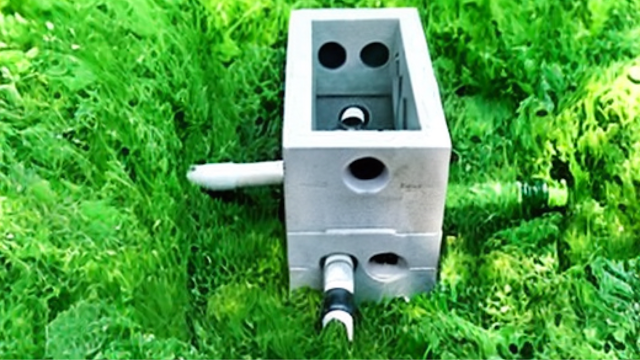

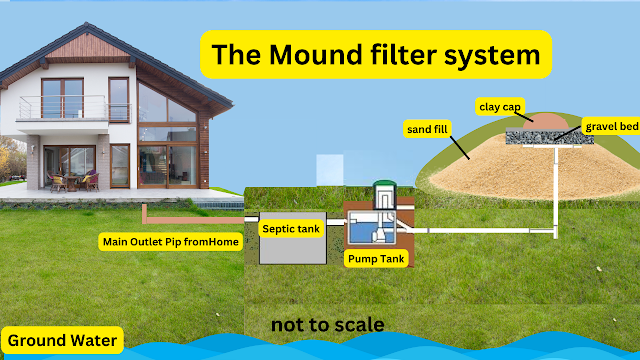
.png)

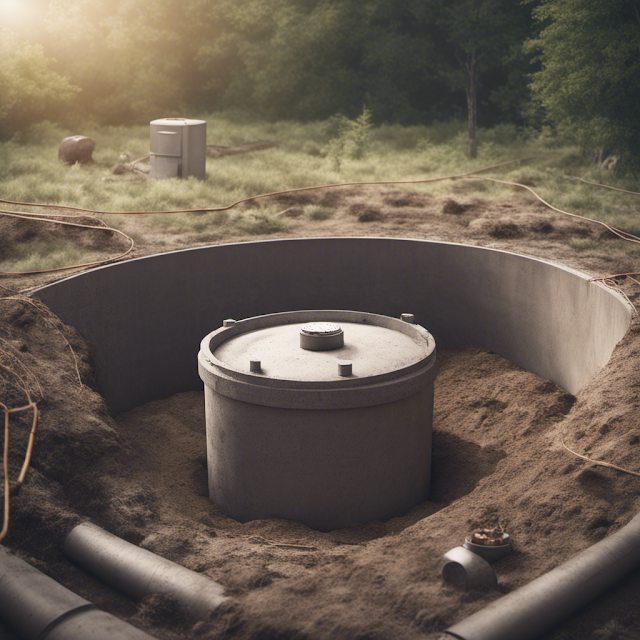
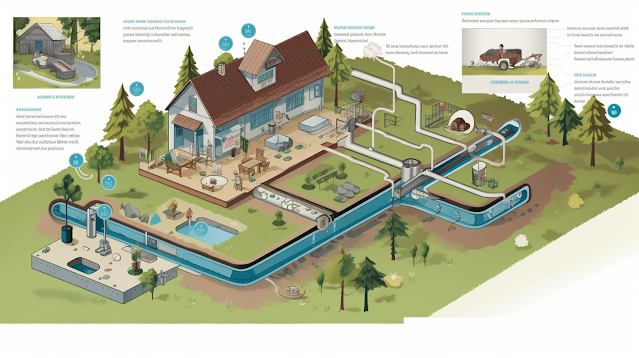
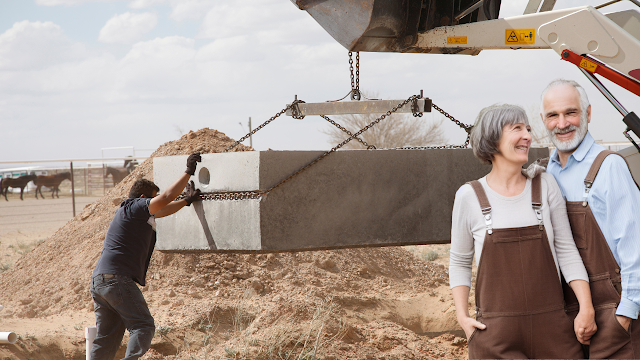


Comments
Post a Comment